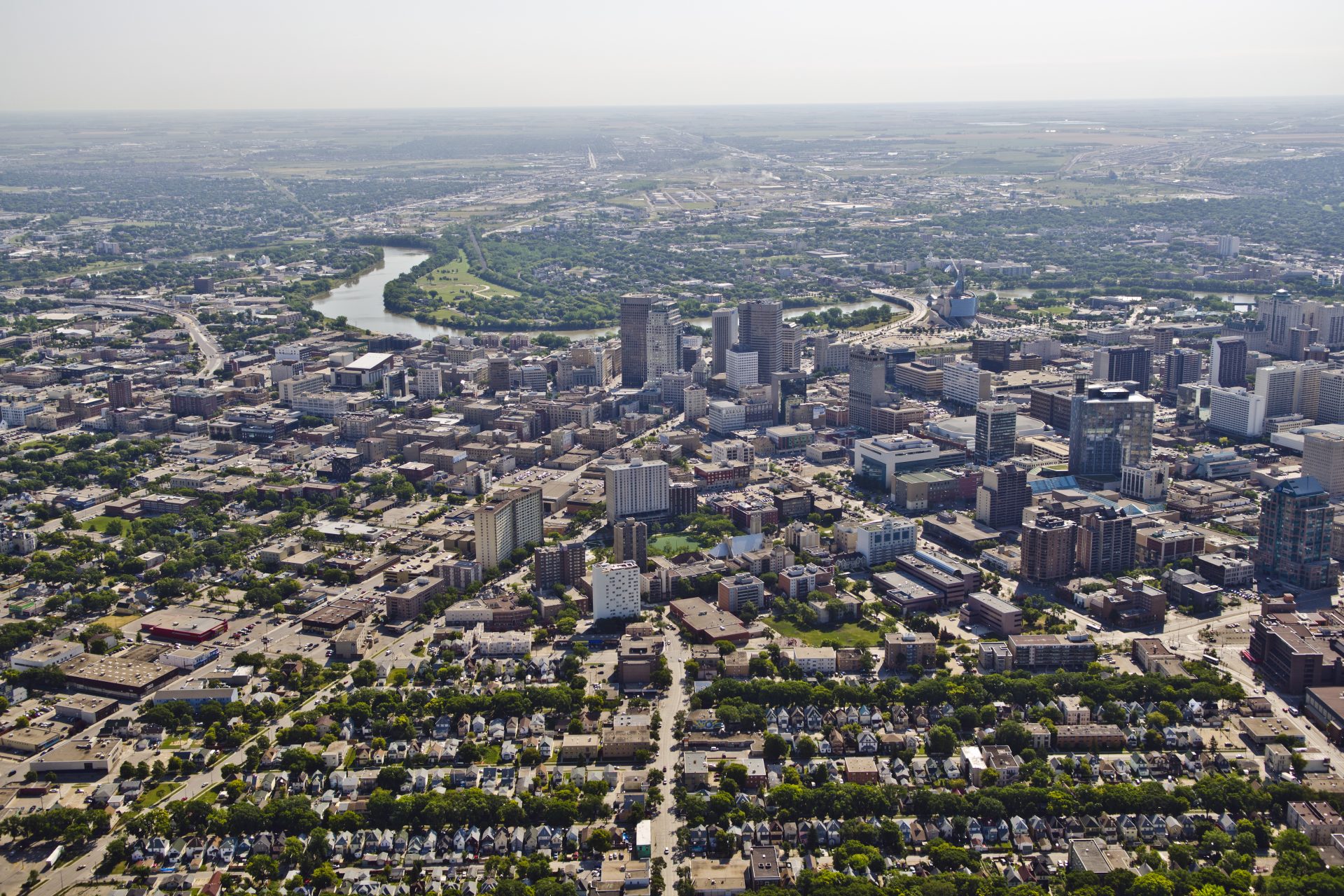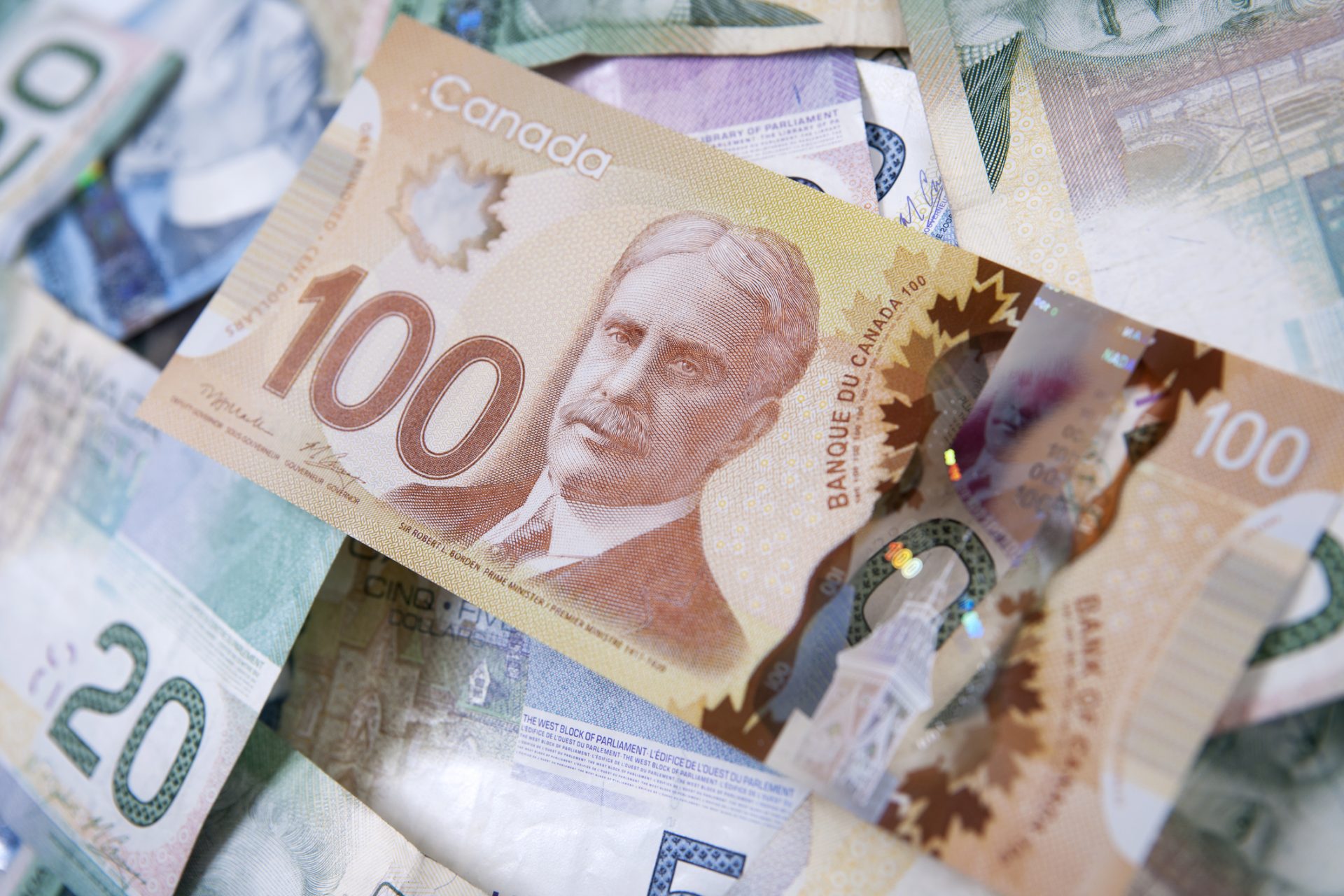How much money do you need to make if you want to be part of the 1% in Canada?
Earning enough to be considered one of the wealthiest people in Canada is a surprisingly more attainable goal than you might think. The figure you'd need to take home is smaller than most might assume, but where you live in the country plays a big role in your success.
It makes a lot of sense that where you live influences the amount of money you need to be considered a part of the wealthiest class in Canada. Those living in rural areas face different challenges than those in urban regions.
City dwellers might have all kinds of job opportunities at their fingertips but the price tag that comes along with a downtown condo in Vancouver or Toronto can have a really big impact on what it takes to enter the 1% in their region.
For example, data from Statistics Canada gathered on tax filers from 2020 found people in Toronto needed to earn an annual income of $574,400 to be classified as part of the country’s 1%. But this was lower elsewhere.
There aren’t any concrete figures for those living in truly rural settlements in Canada but the annual income needed to join the 1% in Winnipeg in 2020 was only $477,900, about $100,000 less than in Toronto.
Figures varied province-to-province as well with those in Ontario needing to bring home an average of $534,000 to be a part of the 1% whereas individuals in Quebec needed to make $482,300 while those in the Territoires required an annual income of $357,100.
According to stats from the 2020 data from Statistics Canada, Canadians who wanted to be considered among the top 1% needed to earn a minimum of $253,900 annually.
The $253,900 amount is what is referred to as the threshold income number and it's the lowest amount a person could earn in Canada before entering the 1% income bracket of the country’s height earners.
However, the data from Statistics Canada showed that the top 1% of income earners in the country brought home roughly $512,000 a year, something Wealth Awesome’s Chris Liew noted was a “slight decrease” from 2019’s $513,700.
Photo by Hunters Race on Unsplash
The median income amount needed to be in the top 1% in Canada was $349,900 Liew noted, which is likely closer to the number that the average person in Canada’s 1% was earning on a yearly basis in 2020. Newer data hasn’t stayed consistent.
Statistics Canada released its analysis of high-income Canadians in 2021 in November 2023 and it concluded that the top-end income earners that year pushed their incomes to $579,100, which was a big difference from the previous year.
The threshold number for Canadians in 2021 went up by about $9,000 to $271,300. But you might be asking yourself: How are some Canadians earning so much money over a year? The answer probably won’t surprise you.
Photo by Dan Newman on Unsplash
“In 2021, wages and salaries drove increased incomes for the top income earners,” Statistics Canada explained. “People in the top 1% saw their average wage and salary income rise by 12.0%.” But that wasn’t the only factor.
Income earned from dividends also played an important role in adding to the annual income of the country’s top 1% and these people saw “large increases in dividend income, which returned this item to its pre-pandemic level.”
Photo by Towfiqu Barbhuiya on Unsplash
“Filers in the top 1% received an average dividend income of $90,200,” Statistics Canada reported. This was a 12.9% increase over the $77,300 in dividend income earned in 2020, which was an average decrease of $10,500 from 2019.
So what does it take to join the 1% in Canada? At least $271,300 if it was 2021. But now roughly three years on, you should expect the threshold for entering the country’s 1% is probably a little higher in 2024 than it was in 2021.
Photo by Eugene Aikimov on Unsplash
More for you
Top Stories





























